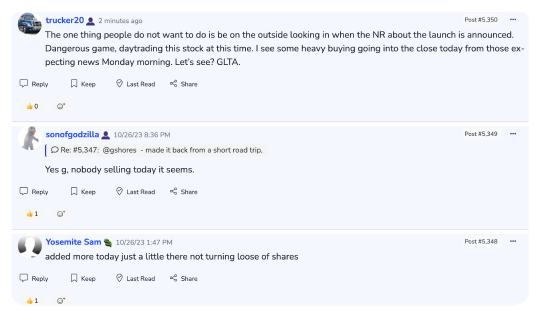Tuesday, November 13, 2012 8:34:05 AM
Gold discovery rates are decreasing even as exploration spending in the industry reached a record $8 billion last year, according to Jamie Sokalsky, chief executive officer of Barrick Gold Corp., the world’s largest producer.
There were three discoveries last year, compared with 11 in 1991, and none of those can be described as “supergiant,” or holding more than 20 million ounces, Sokalsky said at a conference in Hong Kong. Breakeven costs were rising, he said today, predicting gold’s bull market shows no signs of ending.
Gold is poised for a 12th annual gain, driven by increased investor and central-bank purchases as governments around the world boost stimulus to revive their economies. Global gold mine output may increase 0.7 percent in 2013, the slowest pace since 2008, according to Barclays Plc, which forecasts that total physical supply may shrink 0.4 percent next year. A further rally may not spur much higher output, he told the conference.
“I don’t see a surge in gold production if we saw a gold price of $3,000,” Sokalsky said. “At a higher gold price, we’d still be experiencing the same challenges. I’d suggest there’d be very limited response to that higher gold price.”
Gold for immediate delivery, which climbed to a record $1,921.15 an ounce on Sept. 6, 2011, traded at $1,725.97 at 6:02 p.m. in Hong Kong after rising 10 percent this year. The run of annual gains is the best performance since at least 1920.
‘Getting Harder’
“It’s getting harder to find large deposits and to get those deposits into production takes at least twice as long as it might have taken a decade ago,” Sokalsky said yesterday in an interview. “We’re not going to see new mines coming in as fast as we thought to replace old mines that are closing.”
World gold-mine production may increase to 2,672 metric tons next year from an estimated 2,652 tons in 2012, according to data from Barclays in a Nov. 8 report. Global scrap supply may decline to 1,636 tons from 1,671 tons, reducing total supply to 4,308 tons in 2013 from 4,323 tons, according to Barclays.
“Getting mines permitted, dealing with the government and the communities, environmental issues, all of that takes so much longer,” said Sokalsky, who took over as CEO in June after his predecessor Aaron Regent was fired. “It also costs multitudes more to build a mine and to finance that.”
Barrick reported third-quarter earnings on Nov. 1 that missed analysts’ estimates after mining costs increased more than expected and production fell. Shares (ABX) of the Toronto-based company have declined 22 percent this year.
Bloomberg.com
All my posts, are only My Opinion
FEATURED BNCM and DELEX Healthcare Group Announce Strategic Merger to Drive Expansion and Growth • Jul 2, 2024 7:19 AM
EWRC's 21 Moves Gaming Studios Moves to SONY Pictures Studios and Green Lights Development of a Third Upcoming Game • EWRC • Jul 2, 2024 8:00 AM
NUBURU Announces Upcoming TV Interview Featuring CEO Brian Knaley on Fox Business, Bloomberg TV, and Newsmax TV as Sponsored Programming • BURU • Jul 1, 2024 1:57 PM
Mass Megawatts Announces $220,500 Debt Cancellation Agreement to Improve Financing and Sales of a New Product to be Announced on July 11 • MMMW • Jun 28, 2024 7:30 AM
VAYK Exited Caribbean Investments for $320,000 Profit • VAYK • Jun 27, 2024 9:00 AM
North Bay Resources Announces Successful Flotation Cell Test at Bishop Gold Mill, Inyo County, California • NBRI • Jun 27, 2024 9:00 AM









